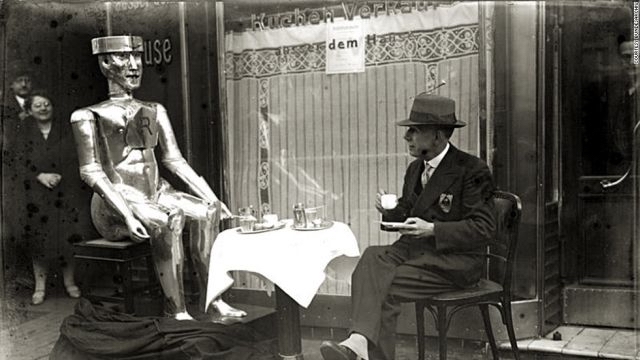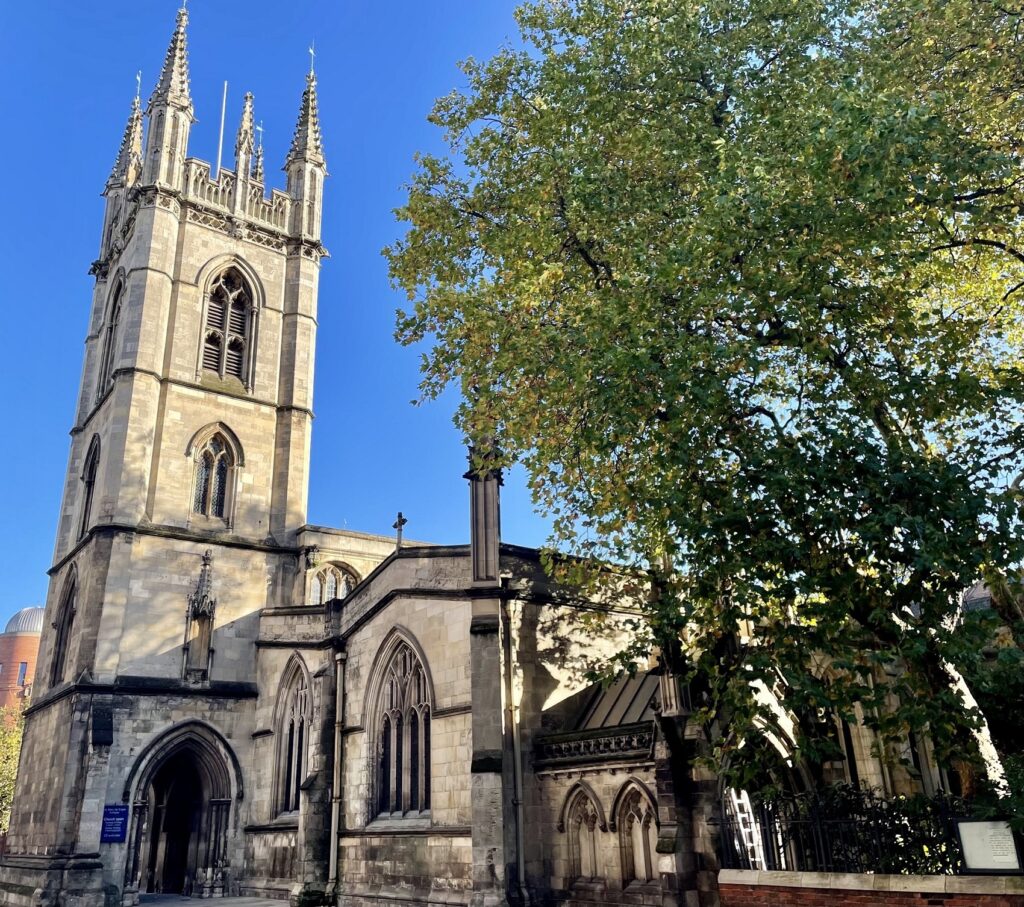Amy Thompson pops to Waudby Library to uncover all there is to know about these regular events.
Where Do We Find Art In Hull?
Which Famous Folk Singer Played One Of His Last Ever Gigs On Cottingham Road?
What’s It Like To Talk Poetry In Prison? Matt Nicholson
Curiosity held our first event in Hull Prison Library last week. Poet Matt Nicholson describes the experience.

I never imagined myself running a poetry workshop in a prison, but here I was, on a freezing cold March morning, meeting my fellow poet, Dean Wilson, and James the Prison Library Manager at the visitor’s entrance to HMP Hull.
I have to admit my heart was earning its keep as we made our way through the security systems, searches and all the processes that makes this enormous machine work as well as it can. After about 45 minutes and almost as many locked, unlocked, and locked again doors and gates, we found ourselves in the well-stocked, completely un-prison-like library. If it wasn’t for the subtle but reassuring presence of two Prison officers in the next-door office and the razor-wire visible through the library windows, I could have easily believed I was in a small village library anywhere in the UK.

We welcomed 6 inmates to our first Talking about Poetry workshop, with half of them admitting to reading and/or writing poetry and the rest interested to know what this poetry lark is all about. Once we’d established that our intention was to share a few poems with them and to hear some of their work, Dean started us off in his own inimitable way, with his poem about the dangers of standing on a deckchair, and the ice was broken.
I have to be honest and tell you that when James had told us that there would be attendees of mixed abilities and experience of poetry and creative writing, I didn’t know exactly what to expect, but a more interested and engaged bunch we couldn’t have wished for. It was clear that a couple of the attendees were talented and accomplished poets, but everyone entered into the conversations about what poetry is and isn’t, whether it needed to rhyme or not rhyme, have structure or simply flow out of us when the urge struck, and within the first hour, we were all convinced of the power that reading and writing poetry can give people.

In the second half of the session, after chocolate biscuits and some questionable coffee, I noticed that two of the lads had started writing while we talked and shared more poems, and it wasn’t long before both of them said that they had written a poem, one for the very first time, and asked if they could read them to the group. For me, this was the high point of a genuinely enjoyable morning, hearing someone who had never thought he could “do poetry” because he didn’t know what it was, or what the rules were or weren’t, suddenly reading out loud a poem he’d written for his mum and dad. I can’t wait to go back with Dean to do some more Talking about Poetry at HMP Hull. Thanks to Curiosity and the prison library for making it happen.
How Do I Draw Manga Faces? Abbie Rial
CuriosityCast Ep.23 – Mayoral Election with journalist Angus Young
When Was The First Visit To Hull By A Robot?
Forget Grok, this is the type of AI we want! Our anthropomorphic technology correspondent Angus Young has the details.

It was billed as Hull’s Great Exhibition. Staged over ten days in March 1935, the City of Hull Trades Exhibition in the City Hall featured 23 stands ranging from the Hull Corporation Electricity Department to Swissaire Refrigerators of Hessle Road. Additional attractions included music by the band and pipers of the King’s Own Scottish Borderers, fashion parades and a display showcasing a fully-electric house.
However, the star of the show was a robot called George. “Come and see the great super electro-mechanical man,” said the official programme. “He moves and talks – is almost human. The world’s great electrical wonder, a moving, walking man. A man without soul. Come and see how he will help you to solve the problems of the future. First time in Hull.”

George was the handiwork of Captain William Henry Richards, a journalist, war correspondent and an amateur engineer. He is credited with building Britain’s first mechanical man in 1928. His invention called Eric performed the opening ceremony of the Society of Model Engineers’ annual exhibition that year. Weighing just over 45 kilograms, Eric was made of aluminium and stood in a box which housed a 12-volt electric motor. Inside Eric’s armour-plated chest was another motor with 11 electromagnets and wiring to different parts of his body. Eric could take a bow, look right and left, sit down and deliver a short recorded speech.
Naturally, he caused a sensation and Richards took Eric on promotional tours in both America and the UK before deciding to concentrate on developing a second robot who would become known as George. Boasting a more rounded physique, he made his debut at a Parisian theatre and subsequently toured Europe and the UK appearing in department stores and trade exhibitions such as the one in Hull.

Standing on his own two feet rather than in a box, George moved in the same way as his predecessor and was said to be able to answer a number of pre-prepared questions. Richards used primitive voice-activated technology to trigger the robot’s movements. He would speak into a microphone built into its body which then transmitted electrical currents to a series of moving mechanical parts. Asked what it looked like inside, he said: “Most disappointing, nothing but gears and cranks. Just like a watch on a large scale.”
Even so, the official Hull exhibition programme promoted George as a technological wonder. “There is no doubt Britain’s great super-electro-mechanical man will arouse keen interest in Hull. What this extraordinary invention means to the human race only time can tell,” it said. As it turned out, George barely survived the Second World War after being badly damaged when a Surrey garage where he was stored suffered a direct hit during a bombing raid.
It’s not clear what happened to the robot when his inventor died in 1948 but four years later George’s story took an unexpected twist when he started to appear in publicity photographs for the actress Diana Dors and her then husband Denis Hamilton. At the time, Hamilton claimed he had built the robot – which he called Robert – from spare parts he had found in the basement of their new home.
However, the robot was clearly George and the publicity shots led to a bitter row between Hamilton and members of the Richards family after which George was never seen in public again.
What Goes On At Yap And Yarn?
What’s My Favourite Building In Hull? Maureen Lennon
Why Are There Empty Coffins In The Burial Vaults At St. Mary’s Church?
A slightly creep discovery may have a simple solution, as our aged cist correspondent Angus Young reports.

During a recent renovation project at St. Mary’s Church in Hull’s Old Town, archaeologist John Buglass made an unusual discovery. He had been hired to keep a watching brief as work was carried out to replace the church’s crumbing Victorian tiled floor and corroded heating pipes underneath which no longer worked. The removal of the floor exposed a number of brick-built burial vaults. The vaults were originally constructed to provide the last resting place for some of the wealthiest members of the church’s congregation who could afford them.
Although unable to physically inspect them, John did manage to record five lead coffins still surviving in their original locations in three different areas. However, to his surprise, the lids of four of the coffins had been cut open while a fifth remained intact with stone slabs placed on it. He believes the remains of the bodies were probably removed when the tiled floor was laid in the 1860s.

He said: “The exposed coffins had all been opened by having the lids cut around the edges and then pulled off. In addition to the obviously opened coffins, all the other voids did not appear to contain coffins and were simply filled with loose backfill material. Although it is not entirely certain why both the vaults and coffins appear to have been emptied, the most likely time this happened would seem to have been during the 1860s restoration work. At this time we know various ledger stones within the church were lifted and moved into the adjacent churchyard. It would seem quite possible that any living descendants may have taken the opportunity to relocate the remains of any forebears, possibly along with their monuments, to a new location. The fact that there are a significant number of vaults reflects the location of St. Mary’s in the heart of the Old Town of Hull with its associated wealthy merchants. This would have led to a large number of burials in various parts of the church with location depending on the wealth and status of the individual.”

The discovery led to speculation that one of the empty coffins might once have been occupied by the remains of Sir Samuel Standidge, a former Mayor of Hull and five times Warden of Trinity House, who as a successful shipowner was one of the richest men in 18th century Hull. Records show he bought his own vault for five guineas in 1778 some 13 years before his death. However, it’s unlikely Standidge and his fellow vault-dwellers fell victim to Burke and Hare-style bodysnatchers.
John’s theory that relatives simply took the opportunity of relocating the bodies to the churchyard seems more plausible, particularly considering the ever-present risk of flooding from the nearby River Hull. The churchyard was at least on higher ground than the vaults sunk deep under the church.
Today, visual evidence of where Standidge and the others might have ended up is hard to find. Most of the churchyard’s stone ledgers have faded with the passing of time and the inscriptions are difficult to make out let alone read.

As well as the vaults, John’s other most significant discovery was the remains of walls which once formed part of the earlier phases of the medieval church. Elsewhere, a small part of an earlier brick floor was also uncovered with some of the oldest identified bricks re-used in later building projects thought to date back to 1423. As well as the new stone flooring, the church now has new heating and electrical systems, indoor toilets and a new refreshment space.
Amanda Habergham, chair of the Friends of St. Mary’s. said: “Any visit to the church used to usually require the wearing of at least five layers of clothes just to keep warm. Thankfully, the new heating – which includes underfloor heating and some renovated radiators from the 1930s – has changed all that although it’s also a bit of a double-edged sword because we now have to keep a close eye on our energy costs.
“As a church, we get no capital funding from the Church of England or the local authority so everything we raise is either from the congregation or through grants.”









